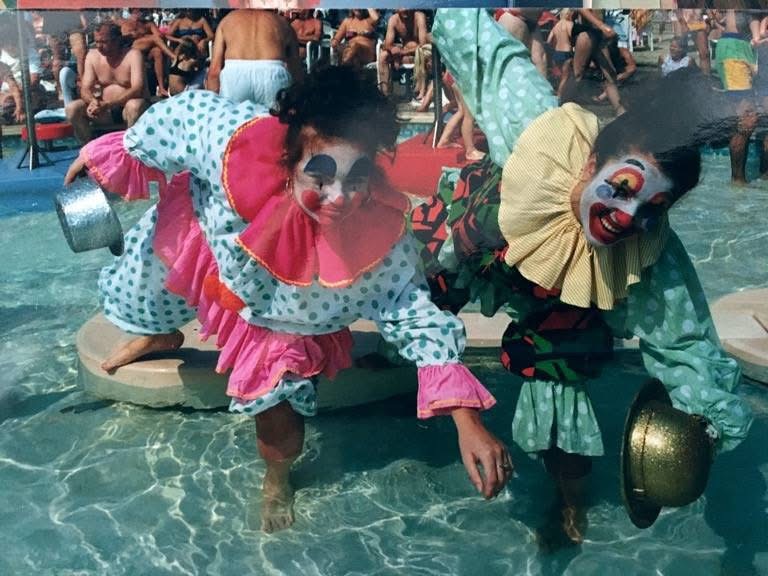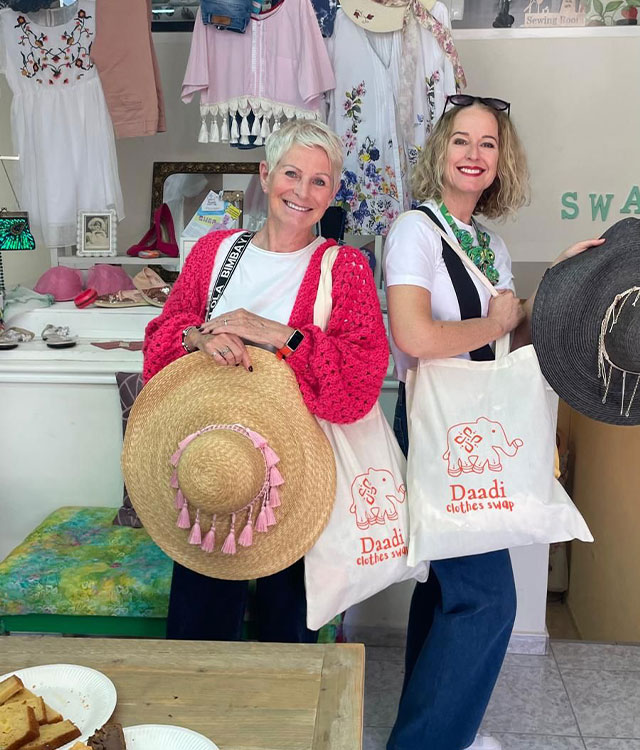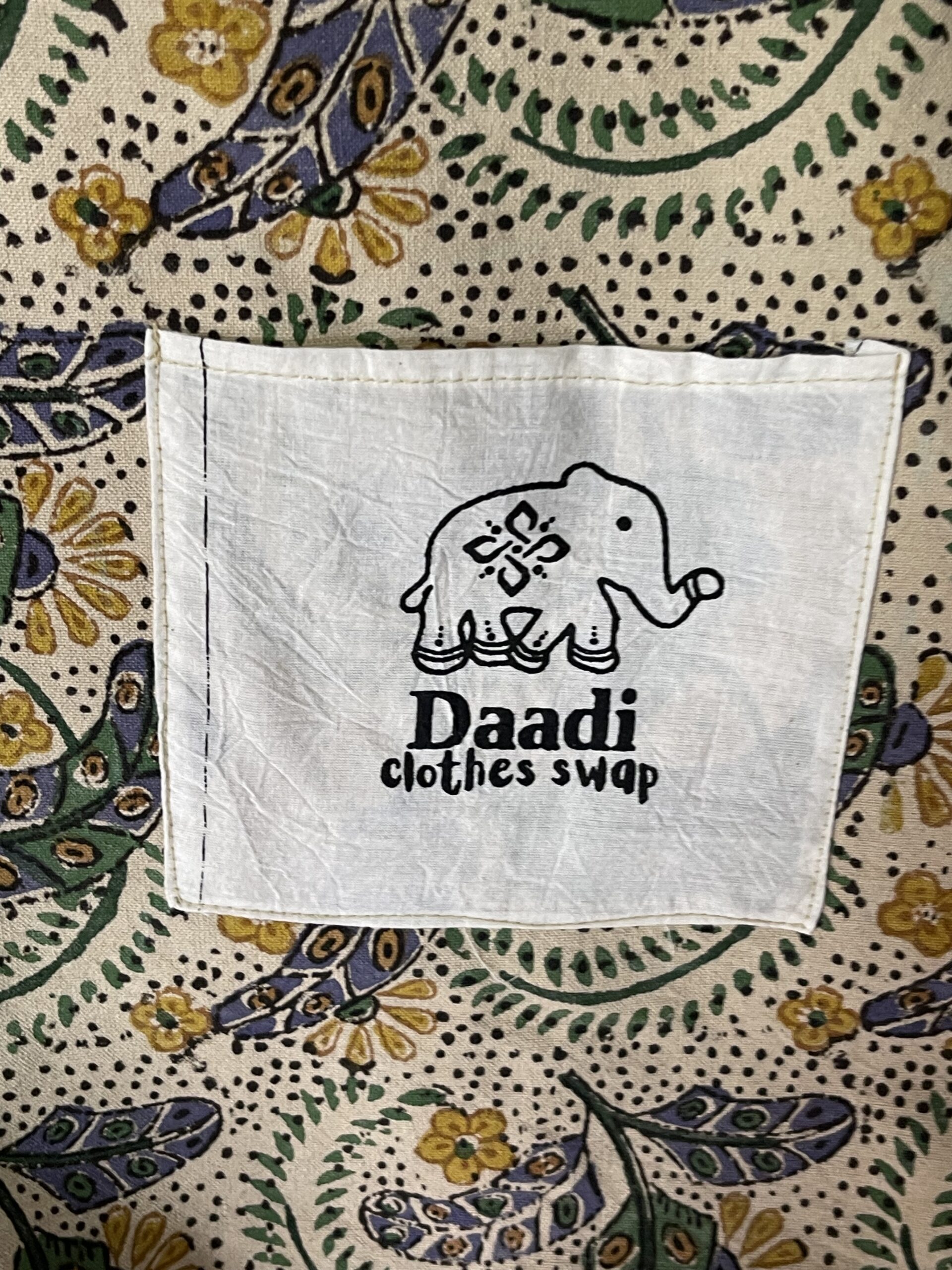Once upon a time—not in a fairy tale but in the real world of fabric, thread, and a past business venture, we made fancy dress costumes. Beautifully stitched, carefully finished, and guaranteed to last fifteen years.
Once upon a time—not in a fairy tale but in the real world of fabric, thread, and a past business venture, we made fancy dress costumes. Beautifully stitched, carefully finished, and guaranteed to last fifteen years.
Our customers never questioned the hire price They wore them once.
Then Came the Eighties
Not just big hair and shoulder pads—but a quiet, seismic shift in global manufacturing.
Enter: China.
What started as small-scale production quickly became a flood. One day, we were proudly selling durable, rental-quality costumes. The next, cheap imports undercut us so drastically that we couldn’t even hire out our pieces for what the shops were selling them for.
The quality? Forget it. But they were shiny, mass-produced, and above all—cheap. That was enough for most. We heard the comments, why hire something for £15 when we can buy a new one for £10 even though it is cheap quality
So we packed up. And so did hundreds like us.

The Rise of Cheap: A Global Addiction
Fast forward to today. Headlines buzz with news about American tariffs on Chinese goods. Social media threads are lighting up with demands for “Made in America” products. But here’s the inconvenient truth:
We trained consumers to choose price over value.
For four decades, we told them cheaper was better. And they listened. Supply chains stretched. Domestic manufacturing withered. We outsourced not just labor—but the very idea of longevity.
And now we’re surprised we don’t know how to make things anymore?
The Tariff Tango: Not a Silver Bullet
Tariffs are pitched as a fix-all solution. More jobs! Local manufacturing! Domestic pride!
But they don’t rebuild skills overnight. Nor do they teach people to want better quality. That is a long job, we know, getting people to Daadi workshops is a laborious task. This is why I am excited when I see traditional crafts still in action in India. They must not lose these like we have in the west.
Tarifs, instead will raise prices on essential goods. That’s a hard sell when nearly 70% of consumers still choose based on price.

And yet, deep down, many are starting to feel it—that hollow space where quality used to live. How to fill that hole?. First you have to kill the addiction.
Suggested link: Pew Research – Americans’ Attitudes Toward Made in USA Products
Europe:
Here in Europe, we’re seeing the early signs of a different kind of revolution.
• Slow fashion is gaining traction.
• Governments are introducing Right to Repair laws.
• The EU is rolling out extended producer responsibility—making manufacturers accountable for the full life of their products.^2
This isn’t just about policy—it’s about culture and awareness. We are, ever so slowly, beginning to ask better questions:
You can’t change the world as people say. Collectively you can and we have to realise that it is the market that brings real change. It is what we do next that matters. If America wants to be great again it needs to educate the nation to buy mindfully. It is happening in the conversations I have every day with Daadi customers. They get it and are keen to be part of the change.
There are plenty of Americans who get this but too many who see the bullish approach as the only way forward. But you don’t cut a leg off because of an itchy toe. You need to let it heal slowly and sustainably.
Where did this come from? Who made it? How long will it last? We need to appreciate sustainable clothing to feel quality again.
But the addiction to cheap hasn’t gone away. You can find it in the 2-euro T-shirts still stacked high on fast fashion shelves across Europe. Whilst we continue to buy cheap there will exist the need to produce When you stop, the market will diminish.
Where Do We Go From Here?
Unless we re-educate the market—and revalue what we buy—we’re heading toward a dangerous split:
• Mass-market, throwaway culture for the many.
• Premium, ethical, high-quality goods for the few.
That’s not sustainable. Not for people. Not for the planet.
We need more than tariffs. We need a mindset shift.
We need to re-teach people that better costs more—but lasts longer.
That true value is not just in the price tag, but in the story behind it.
Maybe then, someone will choose an item not because it’s cheap—but because it can have value.
And that will be the new guarantee.
Further Reading:
• Right to Repair in the EU: What It Means for Consumers
• The Cost of Cheap: True Price and Sustainable Fashion
• Made in America – or Made to Last?
Written by Lauren Staton. sharing real stories from the shop floor, the sewing table, and the frontlines of sustainable consumerism.







